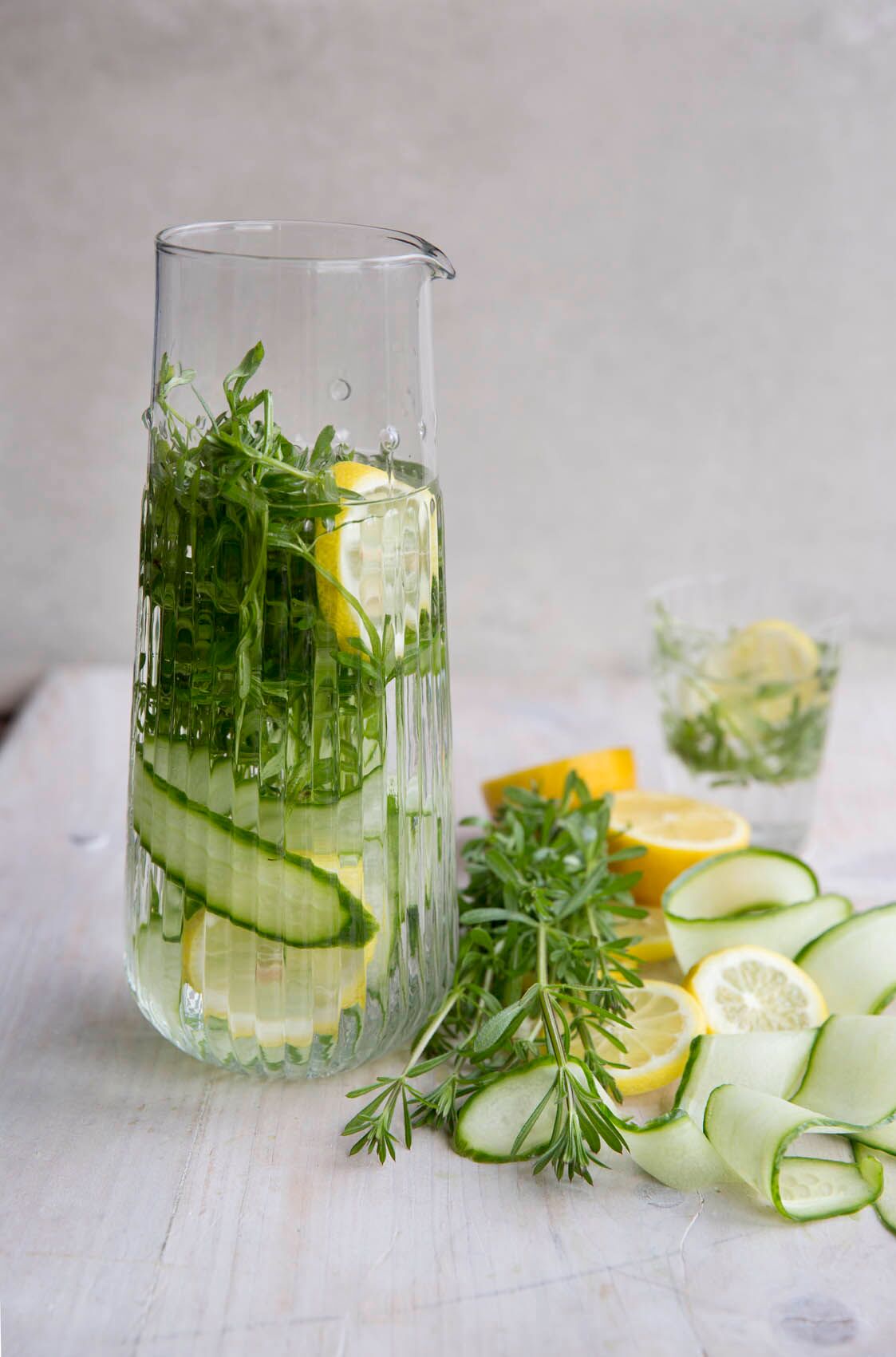Early spring is the time of the year for food growers that is known as the 'hungry gap'; Winter stores from the previous year have run low and the new spring vegetables haven't quite come through. This leaves us without much seasonal food and it is a practical time to cast off the winters excesses, giving our body space to rejuvenate with fresh clean foods.
At the same time, nature provides us with the first fresh green herbs to be seen growing after winter - and they happen to have, according to traditional herbalism, a particular influence on our body's natural cleansing and detoxifying systems. Not only that, but they also contain nourishing minerals and phytochemicals - a range of which are normally lacking in winter diets - to help re-nourish and replenish our depleted stores. Here is a description of three common traditional spring-cleansing herbs that anyone can easily recognise and which are still in common use today by medical herbalists.
Cleavers
Aka sticky willie, sticky weed, goosegrass, clivers
Scientific name: Galium aparine
This long, stringy herb may be recognised by some people as a tool of a popular British playground game: children enjoy throwing the plant or seeds at each other, with the goal of 'sticking' it to someone's back without them noticing. However, look closely and you will notice that it is covered in thousands of tiny hooks that gives it this effect.
Cleavers aka Sticky Weed/Willie aka Goosegrass (Galium aparine)(c) Sarah Cuttle
Folklore claims that 'whoever drinks cleavers water for 9 weeks shall be so beautiful, everyone will fall in love with them*'. It has been recorded in many ancient herbals including the 15th Century Herbal of the Royal Welsh Physicians of Mydffai. They recommended infusions of cleavers in seawater to ‘expel and completely destroy eruptive poison from the blood and humours’ and for boils and ulcers. This is reflected in the modern herbalism use in aiding the lymphatic system cleanse the body’s tissues and treating chronic skin problems. Hence its reputation for making you beautiful: it gives you a good 'spring clean' and seems to give you a fresh, healthy glow. We wouldn't recommend the seawater recipe however; a more palatable recipe using cleavers is can be found at the end of this article.
Dandelion
Scientific name: Taraxacum officinale
Dandelion (Taraxacum officinale) (c) Sarah Cuttle
There must be few people who do not recognise this plant, and who have not puffed the seed ball away on hot summer days. The name is thought to come from the shape of the leave which look a bit like lion's teeth in combination with the mane-like flower. The French for teeth is 'dent', hence: 'dent-de-lion'. Another traditional name in French 'Piss-en-Lit' which reflects an old English name not often used now: 'wet the beds'. This suggest how it helps the body rid itself of wastes: It is a diuretic and encourages removal through the increase of urine, through its effect on the kidneys, an eliminatory organ. Unlike many diuretics which can leach potassium out of your system, it is high in potassium, and able to replace what is lost. It is also a well known liver remedy, encouraging healthy liver function (and pooping) which in turn supports the body in excreting body wastes. An decoction of the root is a gentle and effective remedy for constipation, and considered safe enough for children to use occasionally.
Nettle
Aka stinging nettle
Scientific name: Urtica dioica
Nettle (Urtica dioica) (C) Sarah Cuttle
Few people will have avoided the childhood initiation of falling into a nettle patch - and so it is generally a well recognised plant!.
It is used traditionally by herbalists as a 'blood tonic', it is contains many beneficial minerals, particularly iron, magnesium and calcium, for replenishing the body’s post-winter depleted stocks. It is also high in protein. It is used as a diuretic in infusions like the dandelion to help cleanse the body. The best way to take it is by using the fresh nettle tops in nourishing soups: Add chopped nettles at the end of cooking for just a few minutes to break down the stings and gain all the goodness! NB: Nettles are at the best in spring or during the second growth in Autumn. Find out more about this here.
RECIPE//Dandelion, nettle and cleavers cold infusion
(C) Sarah Cuttle/Kyle Books.
A twist on a traditional recipe to brighten skin and for fresh spring nutrition.
Take a good handful each of cleavers, dandelion leaves and nettles (use gloves for this one!)
Rinse and place in a 1-2 litre jug of cold water.
Leave to infuse overnight.
In the morning, strain and drink the liquid.
*Try it for nine weeks and let us know how your love life is!
For rules about gathering and using herbs please use link HERE. Always remember to be 100% sure of your plant identification when gathering wild plants.


